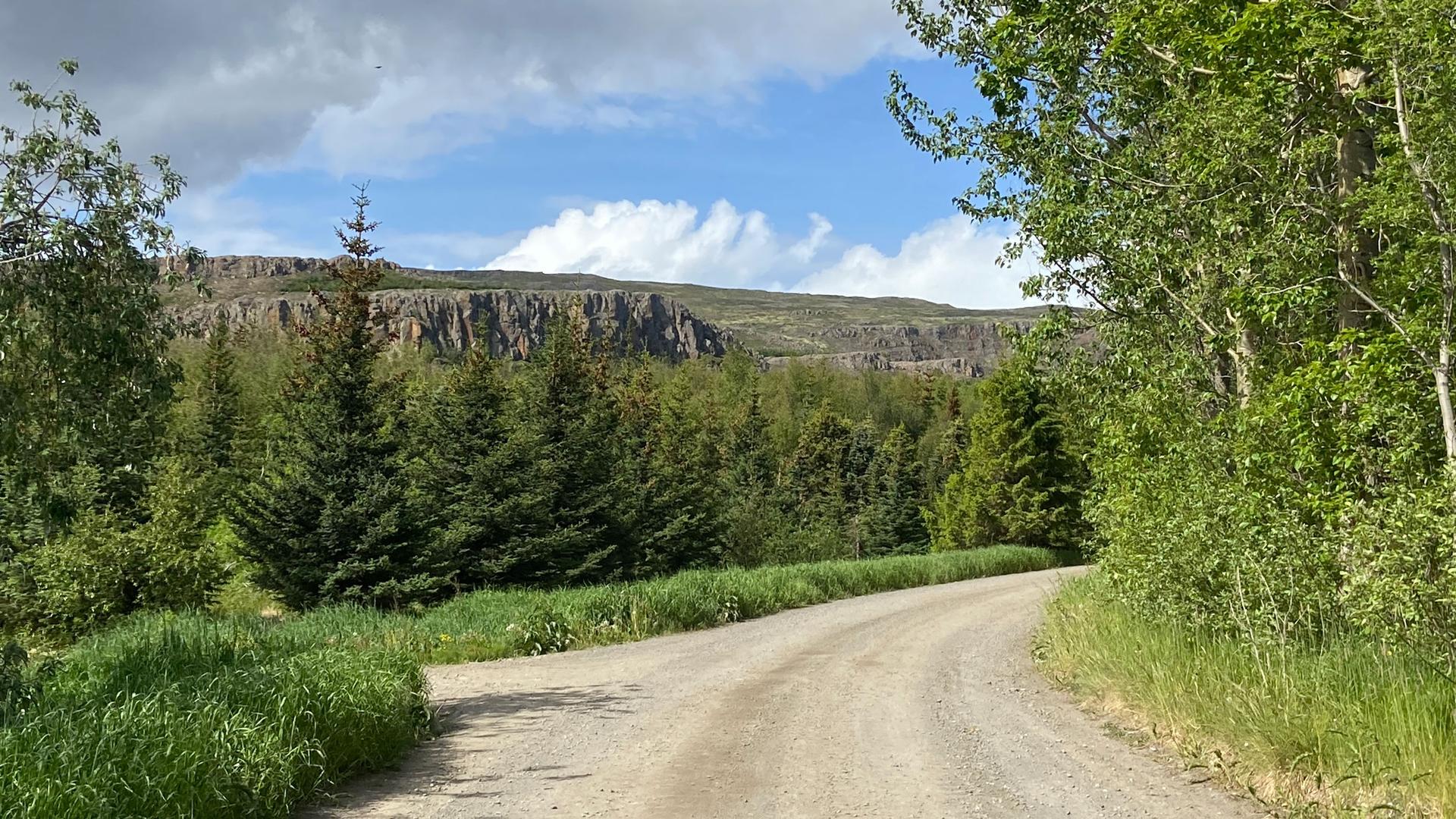The quaint fishing port of Akureyri, in Iceland, has set itself a big goal — to become the world’s first carbon-neutral city by 2030.
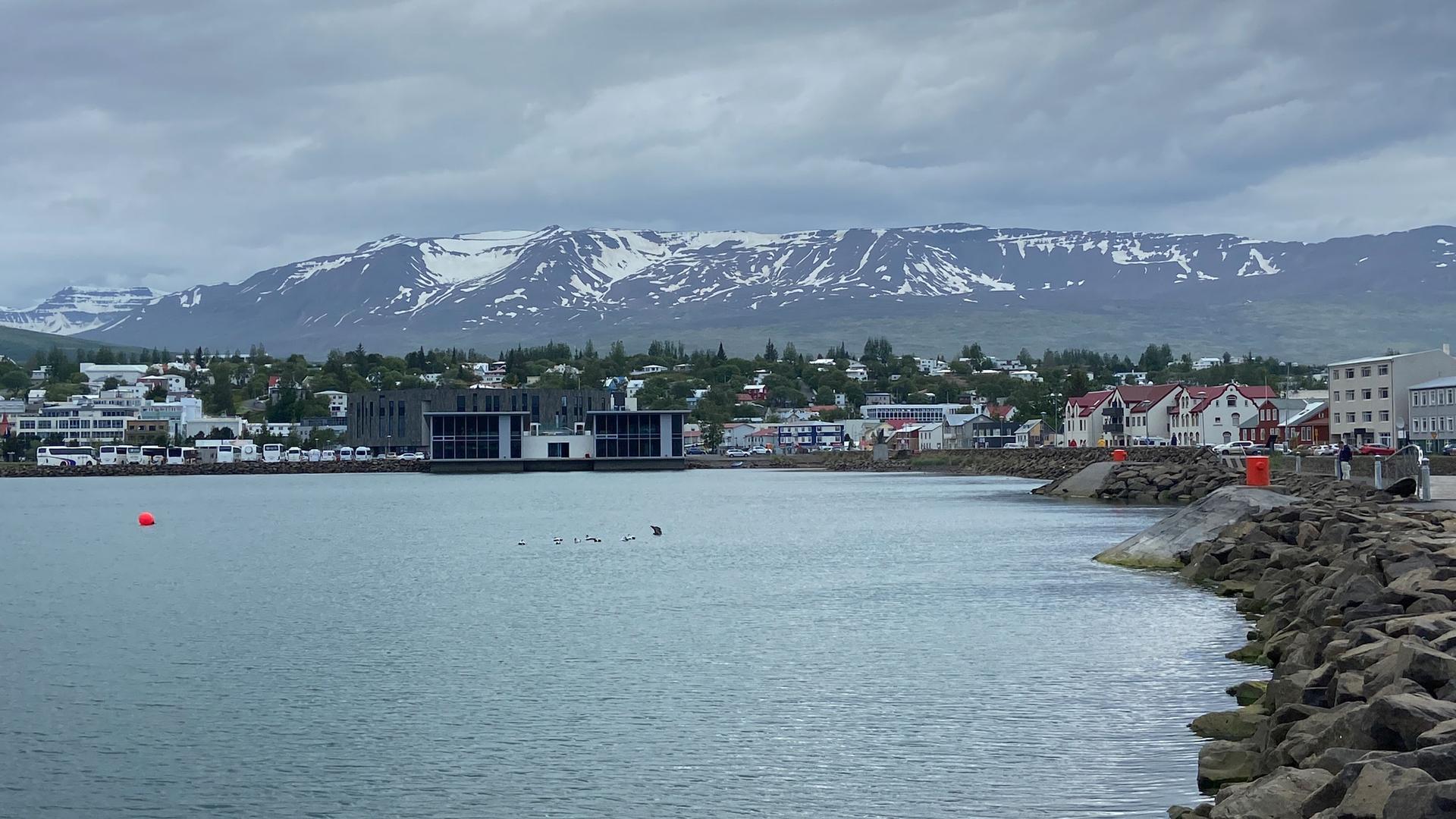
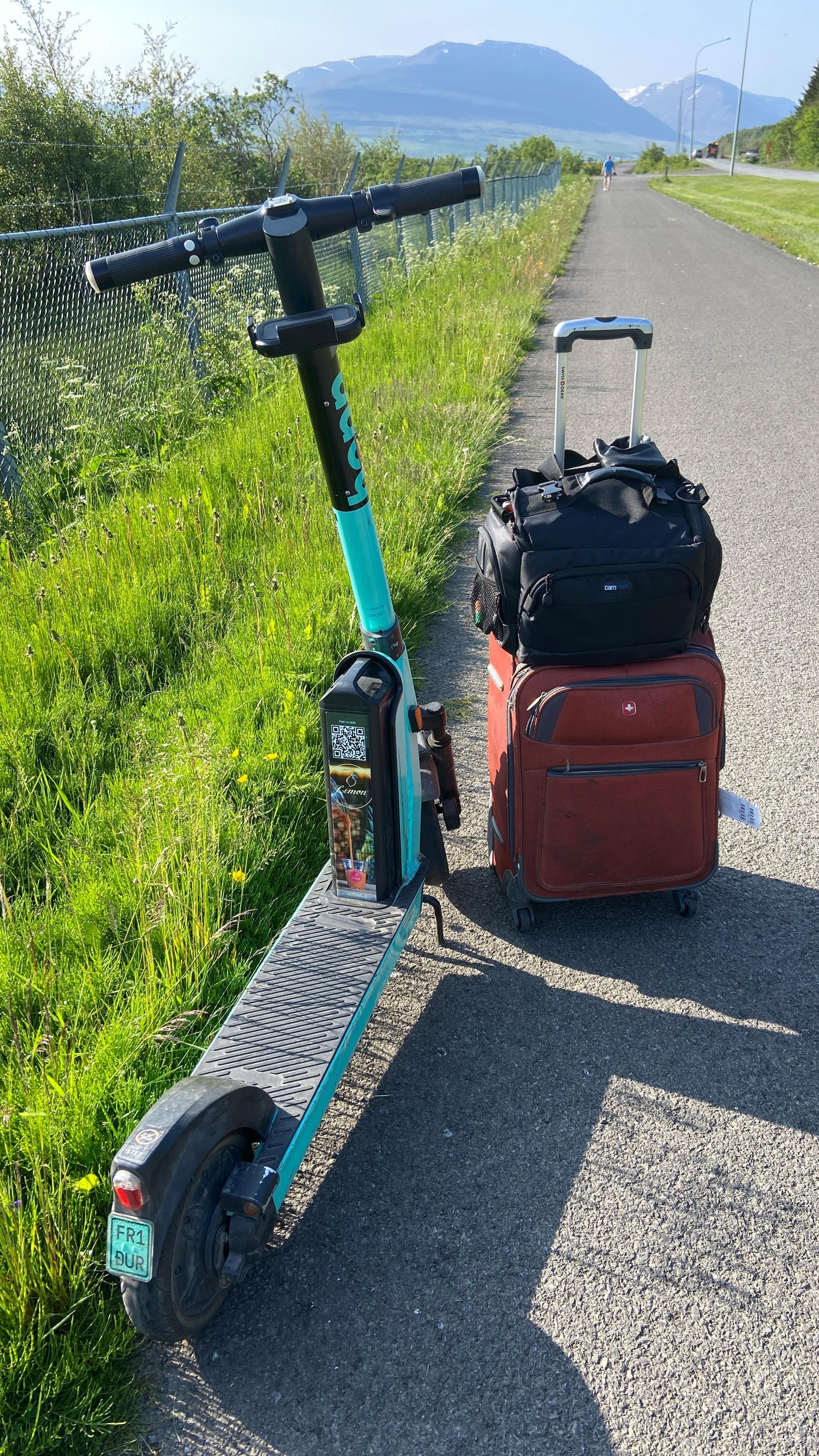
The 18,000 people who live there are ready to do what it takes to stop emitting more harmful greenhouse gasses than it absorbs.
But there are two challenges keeping Akureyri from being carbon-neutral currently. The first is that most people fly in on commercial jets — that carbon footprint alone is giant. The second is gas-guzzling cars — each licenced driver owns about two of them.
But overall, it can almost feel like a challenge to find ways to pollute here.
For starters, from the airport into Akureyri, visitors can use a dedicated bike and scooter path for the 10-minute ride into town, carbon-free.
Hydroelectric plants provide 100% of Akureyri’s electricity, powered by snow-fed rivers cascading down from the surrounding mountains.
“The power installation produces electricity for 8,000 to 10,000 electric vehicles,” said Gudmundur Sigurdarson, the visionary behind Akureyri’s carbon-neutral plans.
“In theory, we could produce all the electricity we need for transport from the local river,” said Sigurdarson, who is also the town’s informal spokesman and a guide for all things green.
“We want the people living here to have all the opportunities to live as green a lifestyle as possible,” he said. “So, you can rent a scooter. There are charging stations for cars and recycling stations everywhere. So, there are no excuses not to take part in this green wave.”
Just about everything is recycled here. From soda cans and plastic water bottles to heat-trapping greenhouse gasses like methane.
Sigurdarson walked up to the top of a grassy hill just outside town that used to be Akureyri’s main landfill.
“Under here we have cars, animals, jeans, everything,” he said.
The landfill is not obvious, but for the dozens of black pipes sticking up from the ground.
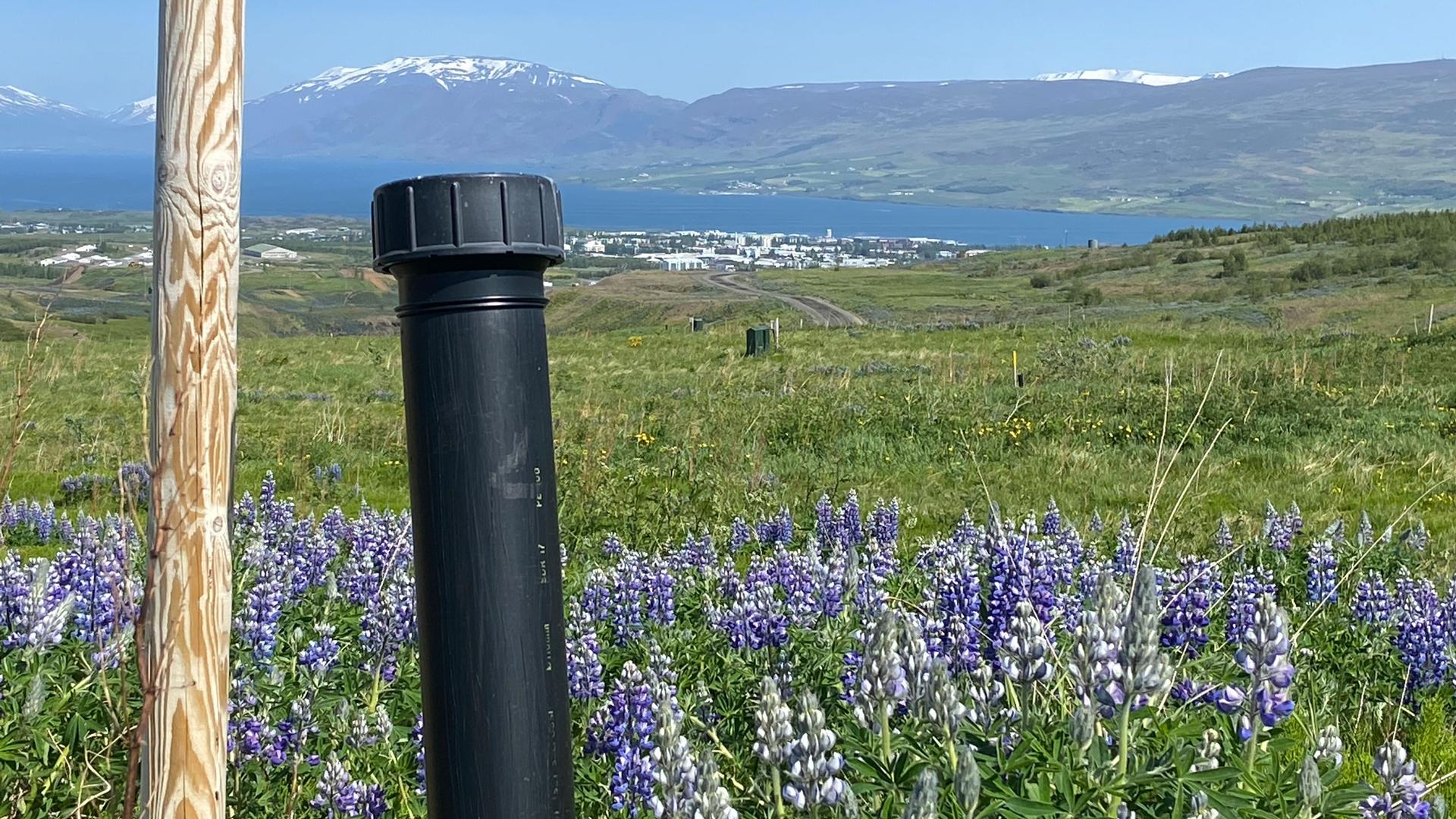
The pipes capture the tons of rising methane that would otherwise escape into the atmosphere over time. Instead, the greenhouse gas gets pumped to a storage station for refinement as a fuel to run the town’s buses. Free buses, to boot. As Sigurdarson might say, there’s no excuse not to use them.
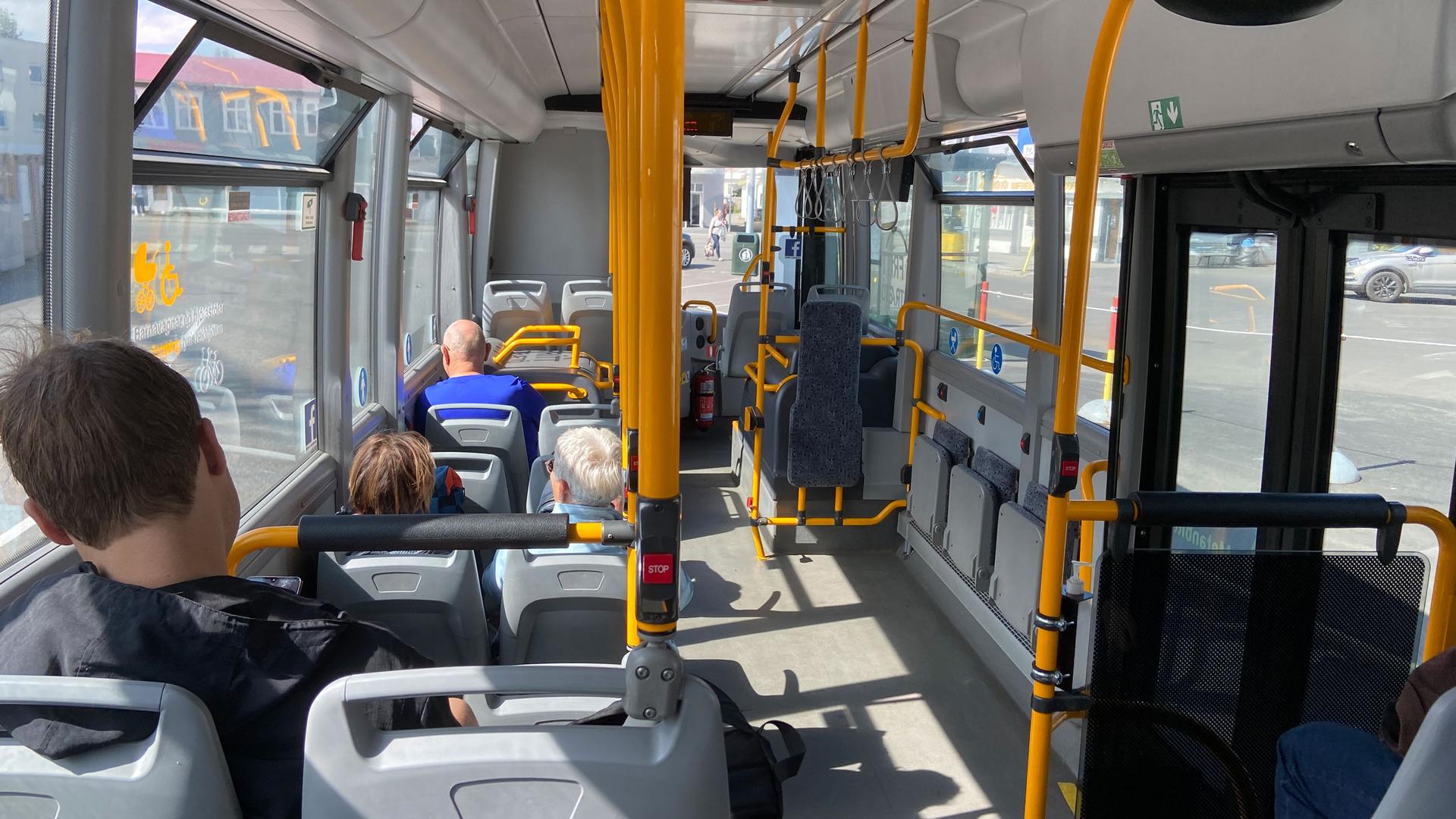
Same goes for Akureyri’s cooking oil recycling bins. The drop-off points are everywhere. The oil gets turned into biodiesel for ships.
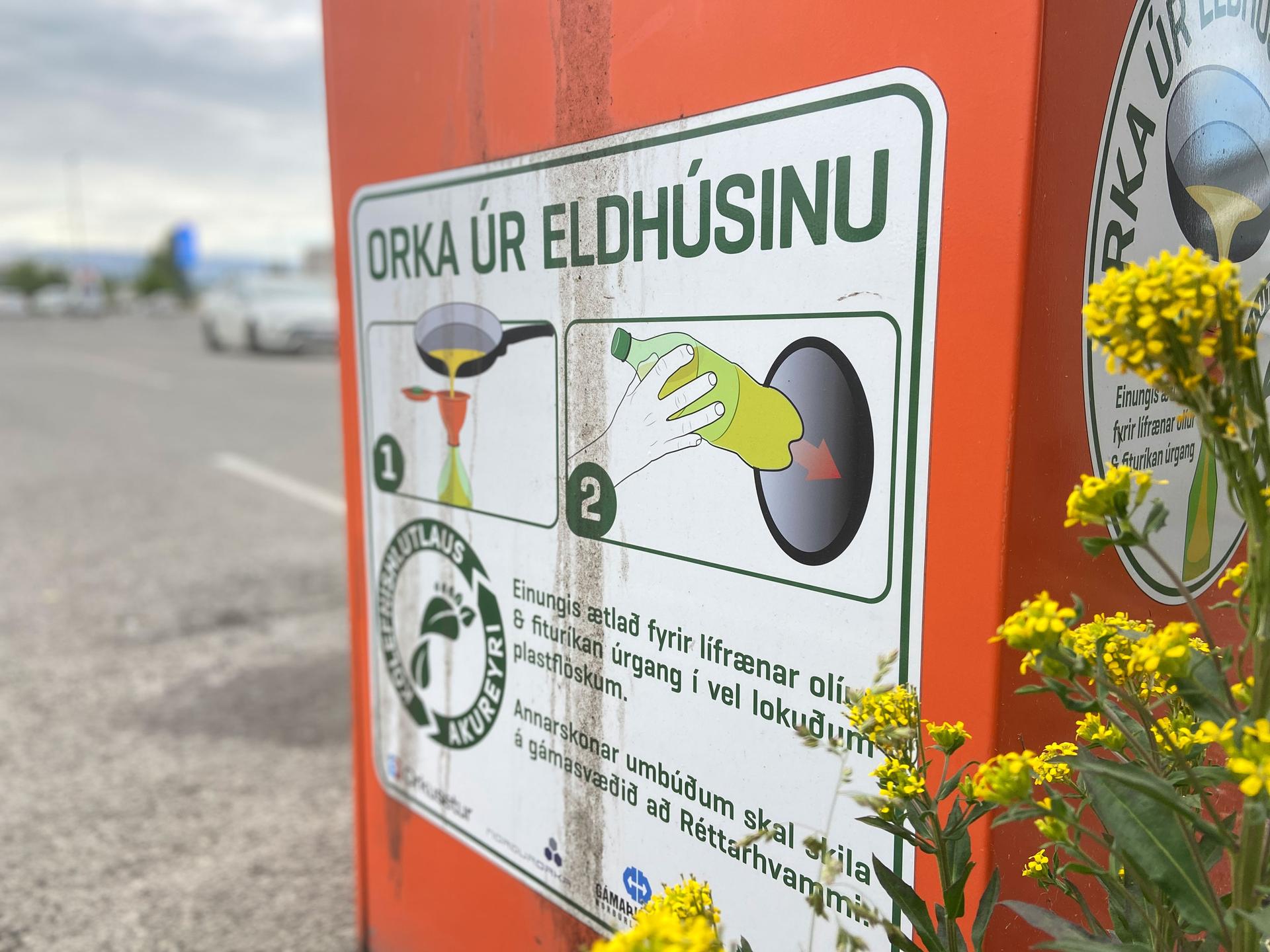
In fact, nothing organic in Akureyri goes to waste. Uneaten food, grass clippings, even animal carcasses get turned into compost.
“Today these are horses and pigs,” said Christian Olaffsson, who runs the local composting plant. He was pointing to a long conveyor belt piled with animal remains. It all gets mixed with wood chips and grass and other materials, then stored outside for months before being given away — again, for free — to anyone who wants it.
The smell is overpoweringly pungent, but Olafsson said he got used to it.
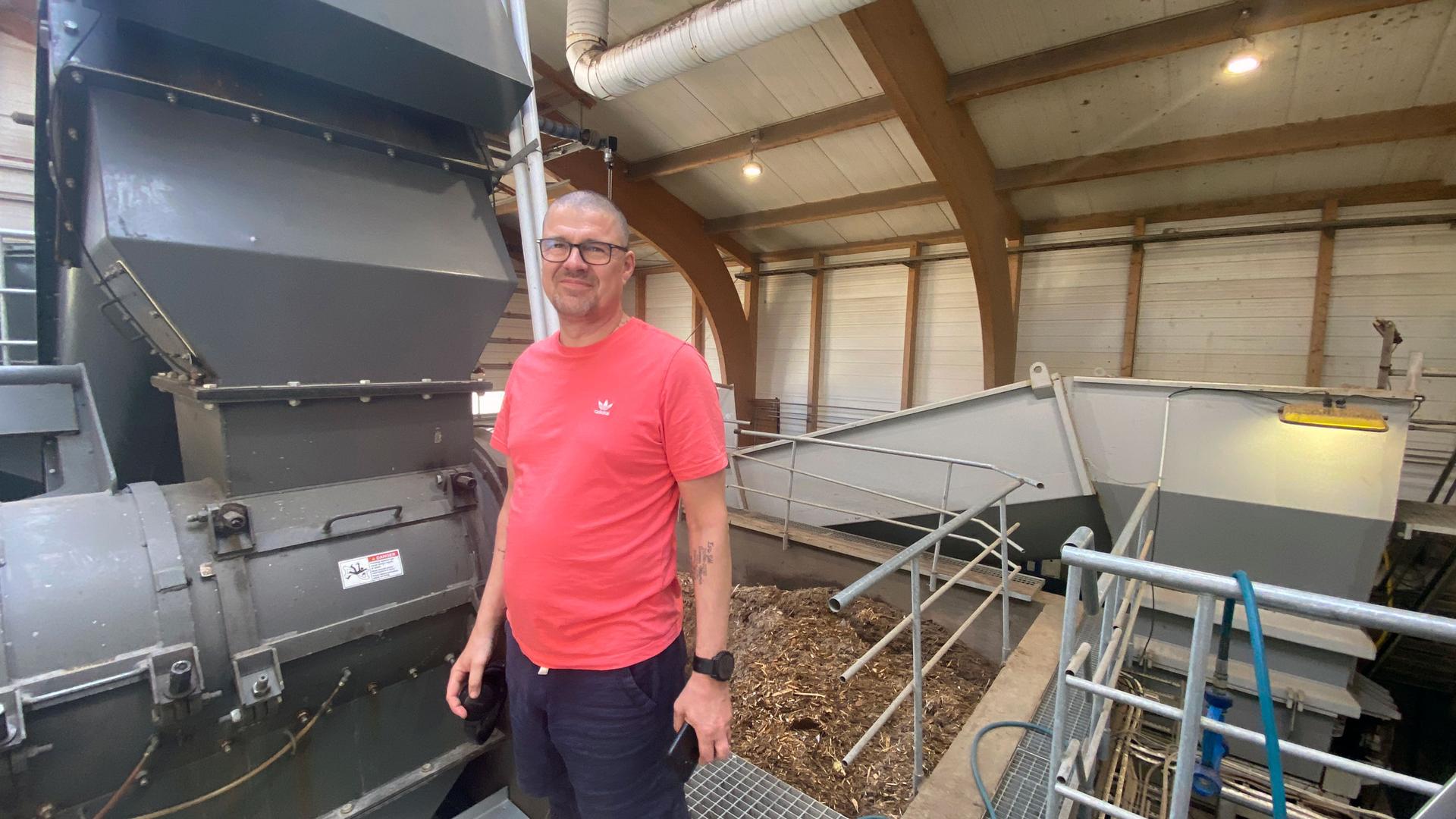
The composting plant, the last stop on Sigurdarson’s green tour, seems to embody what Akureyri’s shooting for.
“We talk about the plant as a climate hero,” Sigurdarson said. Because for every 1 kilo that goes in, it reduces our emissions by 1 kilo of CO2.”
In other words, carbon neutrality. But the second of the two things slowing Akureyri’s progress toward that goal are the gas-guzzling cars.
There are some 16,000 of them in town, Sigurdarson said. That’s about two per licensed driver. Getting people to go electric is proving tough, despite all the charging stations, because electric vehicles are expensive.
And besides, Akureyri has a deeply rooted, old-fashioned car culture. In fact, there’s a parade every Wednesday when dozens of guys in vintage vehicles gather along the fjord and then roll out for a slow cruise — creating a lot of noise and exhaust.
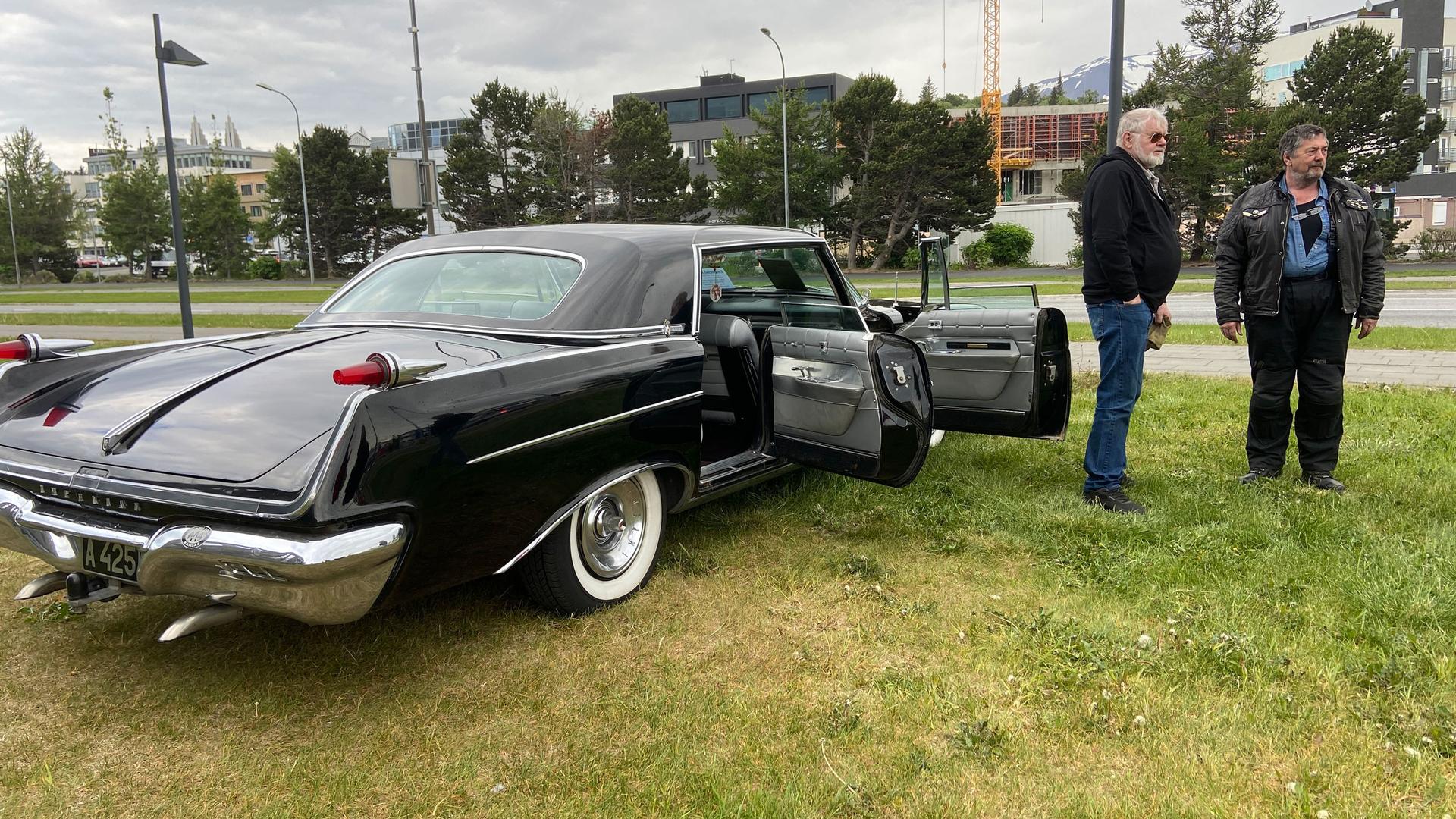
One driver said he felt too old to consider switching to an electric vehicle.
“I am 66 years old. Maybe I’ll be buried in a car like this,” he said.
That’s hardly the voice of a green revolution.
But to be fair, the vintage car fellows are a small group of people.
And Akureyri did have a milestone to celebrate around this year’s summer solstice: The number of electric vehicles registered in the town hit 1,000.
